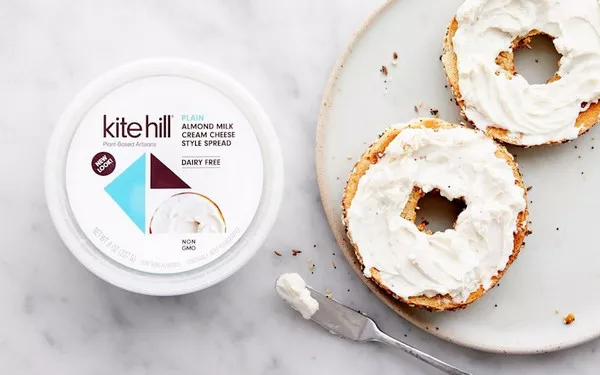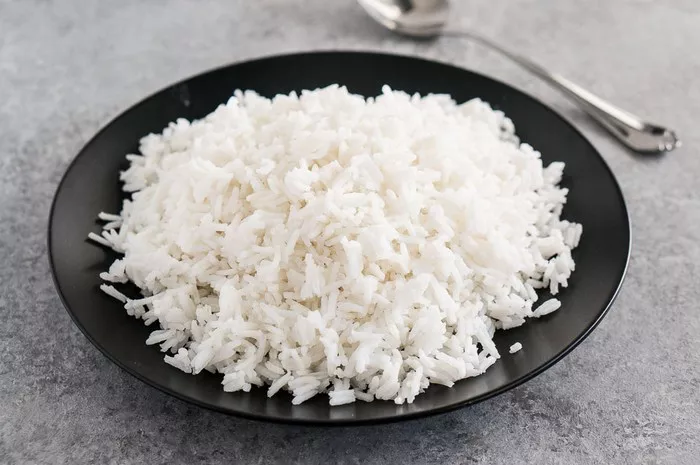Cream cheese is a beloved ingredient in many kitchens, prized for its creamy texture and rich, tangy flavor. It’s used in a variety of dishes—from savory spreads to sweet desserts like cheesecakes. But what happens if you buy too much cream cheese, or if you have leftover cream cheese that you want to store for later? Is it possible to freeze it without losing quality? This article will answer that question in detail, providing useful information on how to freeze, thaw, and store cream cheese, as well as explaining the potential changes in texture and taste that freezing may cause.
What Happens When You Freeze Cream Cheese?
Freezing cream cheese can be done, but it’s important to understand what happens when it’s frozen. Cream cheese is made with a combination of cream and milk, and its texture is largely influenced by the water content. Freezing cream cheese alters this texture, primarily because of the water content that separates when it freezes and thaws. When cream cheese freezes, ice crystals form in the product. These ice crystals can cause the cream cheese to become crumbly and watery once thawed. The texture changes, but the taste usually remains unaffected.
This means that while frozen and thawed cream cheese may not be ideal for spreading on a bagel straight from the fridge, it can still be used in cooking and baking, where texture is less important.
Is Freezing Cream Cheese a Good Idea?
Whether or not freezing cream cheese is a good idea depends on how you intend to use it. If you plan to use the cream cheese in recipes where it will be mixed into a dish (such as in dips, sauces, or baked goods), freezing it is a viable option. The texture change that occurs after freezing may not be noticeable once the cream cheese is incorporated into other ingredients.
However, if you want to use cream cheese for spreading on crackers or as a topping where its smooth, creamy texture is important, freezing may not be ideal. The thawed cream cheese may be more crumbly and watery, which could affect its consistency and spreadability.
How to Freeze Cream Cheese
If you decide that freezing cream cheese is the best option for your situation, here’s a step-by-step guide to ensure it stays as fresh as possible.
1. Freezing Unopened Cream Cheese
The easiest way to freeze cream cheese is by freezing it in its original packaging. Most commercially packaged cream cheese comes wrapped in foil and placed in a box. This packaging is usually airtight enough to protect the cream cheese during freezing. Here’s how to do it:
Check the Expiration Date: Make sure the cream cheese is still within its expiration date before freezing.
Keep the Packaging Intact: If the cream cheese is unopened, simply place it in the freezer as-is. Make sure it’s kept in the coldest part of the freezer.
Use Within 2-3 Months: Unopened cream cheese can be frozen for up to 2-3 months. After that, the quality may begin to degrade, though it should still be safe to eat.
2. Freezing Opened Cream Cheese
Once the package is opened, you’ll need to take additional steps to prevent freezer burn or contamination. Here’s how to freeze opened cream cheese:
Transfer to an Airtight Container: If the cream cheese has already been opened, transfer it to an airtight container or freezer-safe bag. You can also wrap it tightly in plastic wrap before placing it in a freezer bag.
Portion the Cream Cheese: If you have a large block of cream cheese but only use small amounts at a time, consider portioning it out into smaller chunks or blocks. This way, you only need to thaw what you will use, preventing the need to repeatedly thaw and refreeze the entire package.
Label and Date: Label the container or bag with the date of freezing so you can keep track of how long it’s been in the freezer.
Use Within 2-3 Months: Like unopened cream cheese, opened cream cheese is best used within 2-3 months for the best taste and texture.
3. Freezing Cream Cheese in Recipes
If you’re making a large batch of something like cheesecake or a savory dip and want to freeze the cream cheese beforehand, you can follow the same steps as above. You can also freeze a finished dip or mixture that contains cream cheese. Just be sure to freeze the mixture in an airtight container to maintain its flavor.
How to Thaw Frozen Cream Cheese
Properly thawing cream cheese is essential to maintaining its best possible texture and consistency. Here’s how you should go about it:
1. Thawing in the Refrigerator
The best way to thaw frozen cream cheese is by placing it in the refrigerator. This allows the cream cheese to slowly thaw, minimizing the risk of bacterial growth. Here’s how to do it:
Remove the Cream Cheese from the Freezer: Take the cream cheese out of the freezer and place it in the refrigerator.
Allow Time to Thaw: Depending on the size of the cream cheese block, it may take anywhere from 4 to 8 hours to thaw fully. If it’s a larger block, you may want to leave it overnight.
Check for Water: After thawing, you may notice some excess liquid has separated from the cream cheese. You can drain this off or mix it back in, depending on your preference and the dish you’re preparing.
2. Thawing Quickly (For Cooking/Baking)
If you’re in a hurry and need to thaw cream cheese quickly, you can use the microwave. Keep in mind that the texture may degrade a little faster with this method, but it will still be fine for cooking or baking.
Microwave on Low Power: Unwrap the cream cheese and place it on a microwave-safe plate. Microwave it on low power for 10-15 second intervals, checking in between, until it reaches a spreadable consistency.
Stir: Once the cream cheese is soft, stir it to restore its smoothness. If there’s any separation, you can mix it back together.
3. Do Not Refreeze
Once cream cheese has been thawed, do not refreeze it. The texture will continue to degrade each time it’s frozen and thawed, leading to an unpleasant result when used.
How Freezing Affects the Texture of Cream Cheese
The main drawback to freezing cream cheese is the change in texture. Freezing alters the structure of the cream cheese, which can make it seem grainy or watery when it’s thawed. Here are some of the changes you might notice:
Graininess: Ice crystals that form during freezing can cause cream cheese to become grainy or crumbly after thawing.
Water Separation: After thawing, you might find that water has separated from the cream cheese. This is a natural occurrence because of the water content in cream cheese. You can drain the excess liquid or stir it back in, depending on your needs.
Spreadability: Cream cheese that has been frozen and thawed may not be as smooth or easy to spread as fresh cream cheese. It may be better suited for recipes that don’t require it to hold a smooth, creamy texture.
Best Uses for Thawed Cream Cheese
Even though frozen and thawed cream cheese isn’t ideal for spreading or using in raw applications, there are still plenty of ways to make use of it:
Baking: Thawed cream cheese can still work well in baked goods, such as cheesecakes, cookies, or muffins, where the texture is not as important.
Dips and Sauces: Use thawed cream cheese in dips, spreads, and sauces where it will be mixed with other ingredients. The texture will be less noticeable once it’s combined with other ingredients.
Cooking: Thawed cream cheese can be used in cooked recipes, like casseroles or creamy soups, where the texture change won’t be noticeable.
Can You Freeze Flavored Cream Cheese?
Flavored cream cheeses, such as garlic and herb or strawberry, can also be frozen. The process is largely the same as with regular cream cheese. However, be aware that freezing may affect the flavor slightly, especially in cream cheeses with fruit or herbs, as the freezing process can dull some of the more delicate flavors. It’s generally a good idea to freeze flavored cream cheese in smaller portions, so you can thaw just what you need.
Conclusion
In summary, yes, cream cheese can be frozen, but it’s important to understand that freezing will alter its texture. While the taste generally remains unaffected, the texture may become grainy or watery after thawing. Frozen cream cheese is best used in cooking, baking, or recipes where the texture is less important. If you intend to use cream cheese for spreading or as a topping, it’s better to use fresh cream cheese rather than thawed cream cheese.
Freezing cream cheese is a great option for long-term storage, especially if you buy it in bulk or find it on sale. By following proper freezing and thawing techniques, you can make the most of your cream cheese, even after it has been frozen.
Related topics:

























